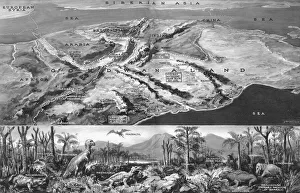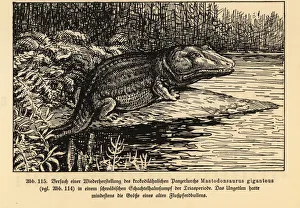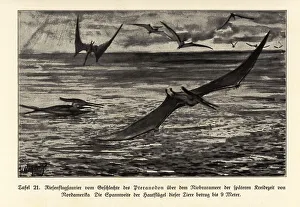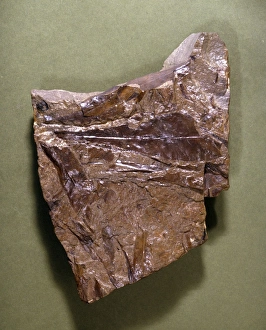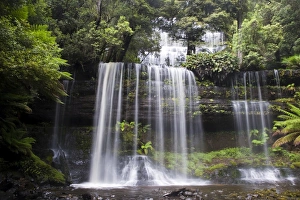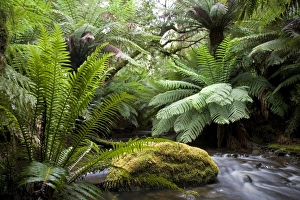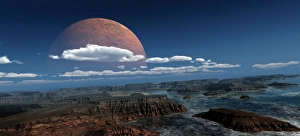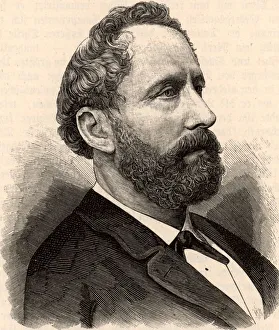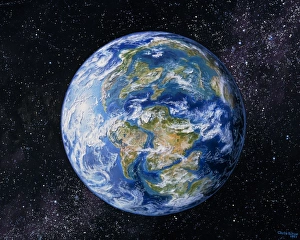Gondwanaland Collection
"Gondwanaland: A Journey Through Time and Space" Step back in time as we delve into the fascinating world of Gondwanaland
All Professionally Made to Order for Quick Shipping
"Gondwanaland: A Journey Through Time and Space" Step back in time as we delve into the fascinating world of Gondwanaland, a supercontinent that existed millions of years ago. This captivating reconstruction takes us on an extraordinary adventure through the wonders of Continental Drift. Imagine standing amidst the lush landscapes of Gondwanaland, surrounded by towering mountains and ancient forests. Here, a Mastodonsaurus giganteus comes to life before our eyes, reminding us of the incredible diversity that once roamed this land. As we gaze up at the sky, giant Pterosaurs from the Pterandodon genus soar gracefully above us. These magnificent creatures ruled the Cretaceous skies with their impressive wingspans, leaving us in awe of their existence. Amongst fossilized remains lies Glossopteris, a fern fossil known as C016 / 4852. Its delicate beauty tells tales of a vibrant ecosystem that thrived during this era – evidence preserved for generations to come. Russell Falls in Mount Field National Park serves as a picturesque backdrop to our journey. The cascading waters provide solace amidst nature's grandeur while reminding us of Earth's ever-changing landscape throughout history. Eduard Suess, an Austrian geologist born in London during 1831-1914 proposed theories about Gondwanaland's existence long before its discovery was confirmed. His groundbreaking work paved the way for our understanding today. Glossopteris fossils further captivate our imagination as we envision these ancient plants flourishing across vast stretches of land within Gondwanaland. Their presence adds another layer to this intricate tapestry woven by time itself. Through mesmerizing artwork depicting Earth 100 million years ago, we witness firsthand how continents shifted and merged over millennia – creating new worlds and reshaping familiar landscapes forevermore. As day turns into night, a moon rises over this young world called Gondwanaland.

